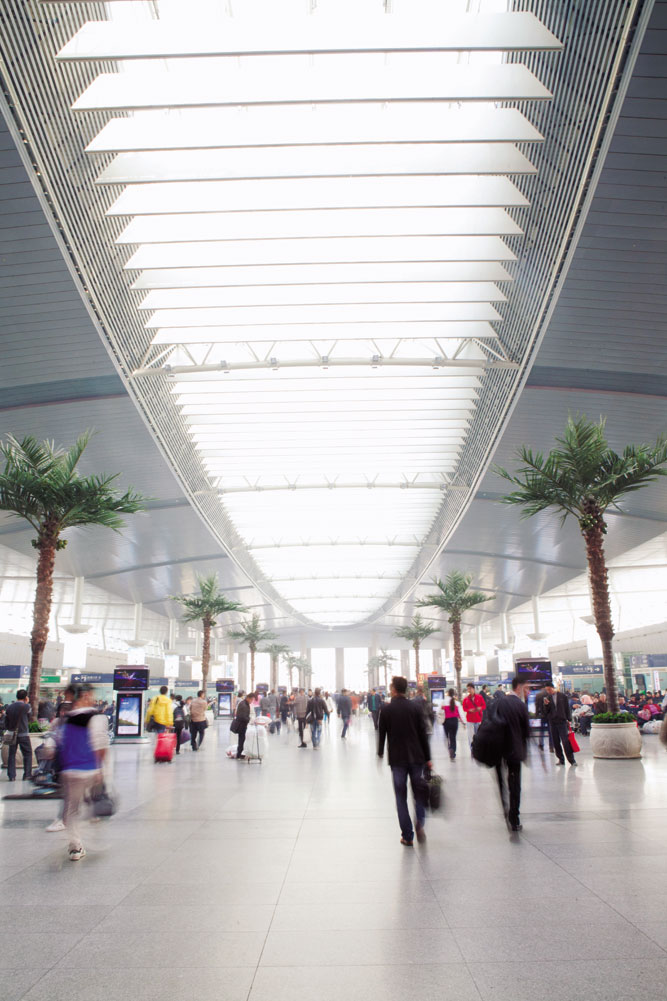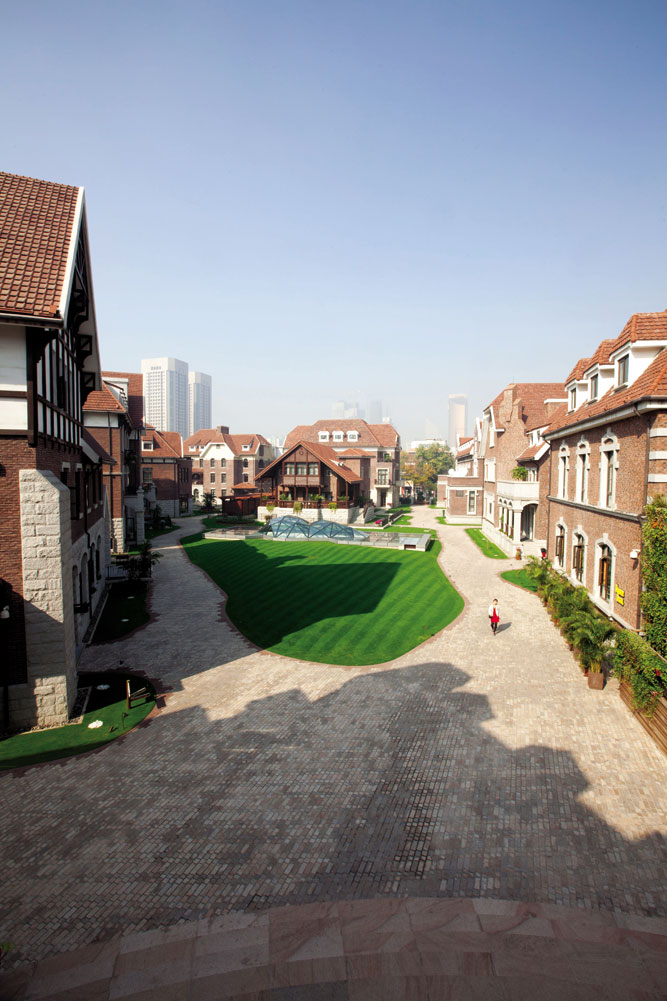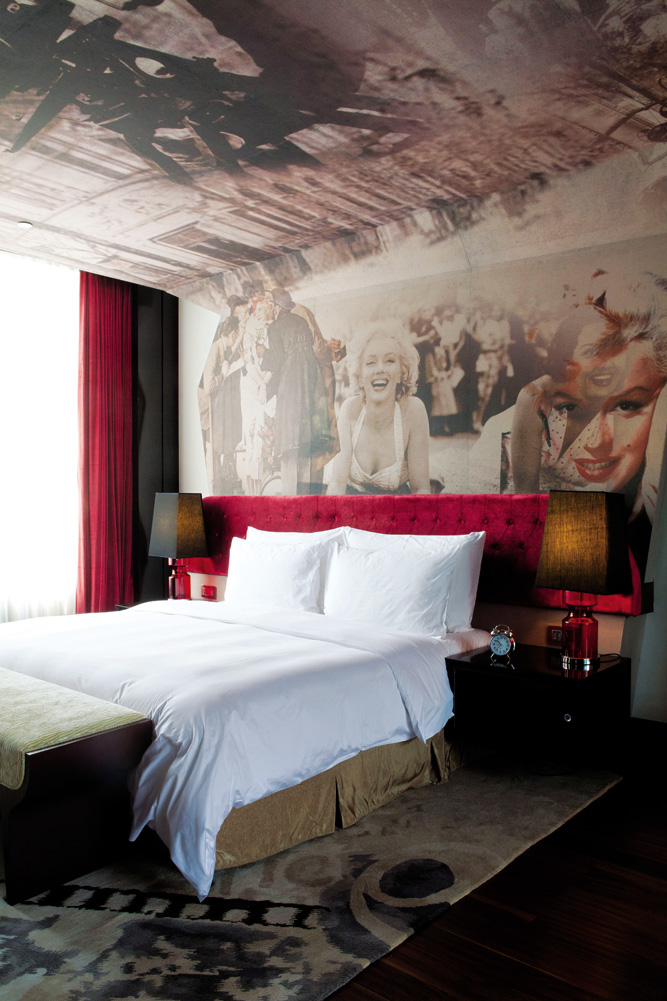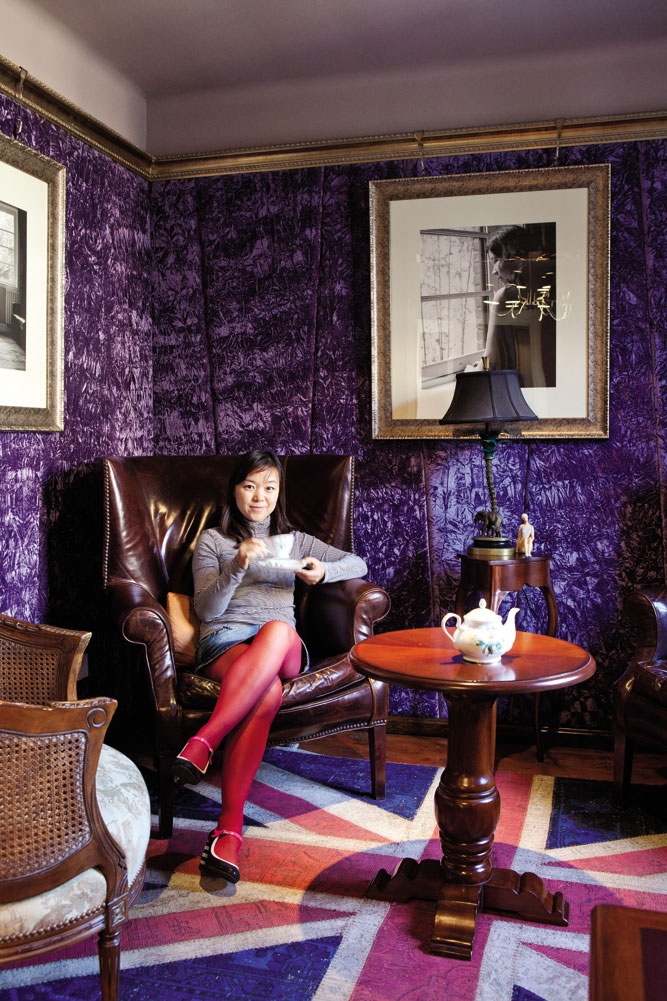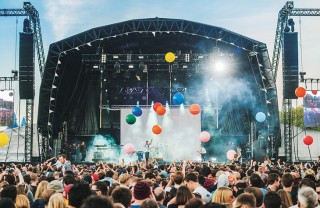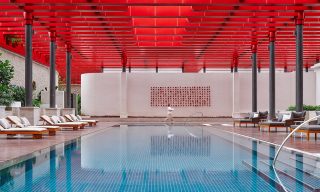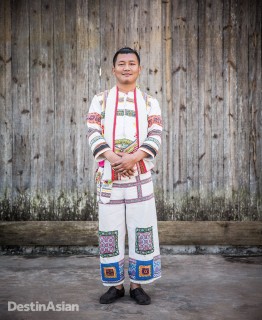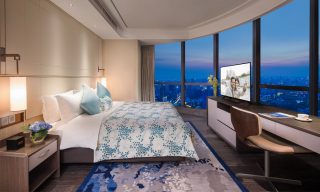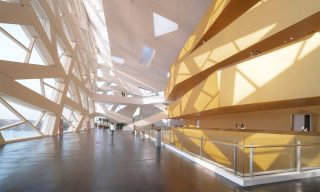How did so many characters from China’s fitful entry into modernity end up in Tianjin? Theories vary. Some say the city basically served as Beijing’s backyard—when political winds weren’t blowing in your favor, you retreated to your Tianjin villa. Douglas Red, a retired banker and longtime China resident who now conducts history walks of the city, reckons that the presence of international banks—in 1905, Tianjin was the world’s ninth largest banking center—and foreign soldiers made Tianjin a safe place to park your money. To underscore his point, he cites one startling fact. During the Warlord Era, bank-issued chits were used as currency rather than government-circulated notes. “The chits from the Bank of China’s Tianjin branch traded at a premium to the Bank of China Beijing be-cause of the sanctuary issue,” Red tells me.
Whatever the case, Tianjin’s role in the making of modern China is lost to many. “When I tell friends about all the history that has happened here, they are surprised. They have no idea,” says Stella Zhai, a Tianjin native who works for the Banyan Tree hotel group. Judging from the relatively small crowd of sightseers we spot in Wu Da Dao, that ignorance isn’t about to be corrected any time soon. Young couples seem more concerned with taking their picture outside one of the European-style villas—invariably flashing the victory sign—than they are with learning about the past.
To be fair, it’s not entirely their fault that history has taken a back seat to photo ops. Some restoration efforts have all but obliterated the past. Tianjin’s Italian Concession has been restyled as “Italian-Style Town,” a.k.a. “I-Style Town.” Signs for restaurants and cafés called Venezia Club, Trattoria Italiana, and Nuovo Cinema Paradiso Movie Restaurant Café obscure the facades. Souvenir stands hawk everything from Venetian masks to toy steam engines and ceramic beer steins. But no one is buying—they’re too busy snapping photos. Along one alley, I watch a young man pause by a wall and press his cheek against it to affect a coy pose, while his companions hold up their iPhones.
I-Style Town’s largest restaurants, in fact, aren’t Italian at all: Brasserie Flo—all gleaming brass, white tablecloths, and smartly turned out waiters—and Paulaner Bräuhaus command one corner of a plaza. Famished and thirsty, we succumb to the kitsch and nip into Bavaria, a cavernous beer hall where the waitresses sport black slacks underneath their fräulein dresses, and where bratwurst can be purchased in gift boxes. The beer is expertly pulled and the freshly baked pretzels are excellent—almost enough on a cold autumn day to restore our faith in Tianjin.
THANKFULLY, NOT ALL THE restoration efforts have been so heavy-handed. A block of unassuming row houses, Min Yuan Terrace in Wu Da Dao is populated by funky cafés and design companies. Crammed with bric-a-brac, plants, and magazines, 31 Cups is a tiny coffee- house that wouldn’t look out of place in Taipei, while Café Sambal, a Beijing import, confidently mixes industrial-chic with Midcentury-looking chairs. There’s even a boutique hotel, Min Yuan 33, with seven all-white rooms.


